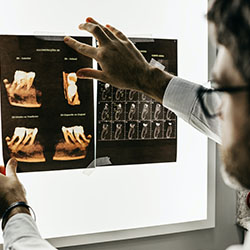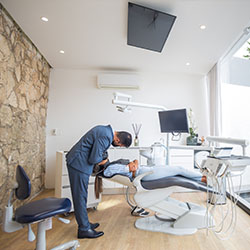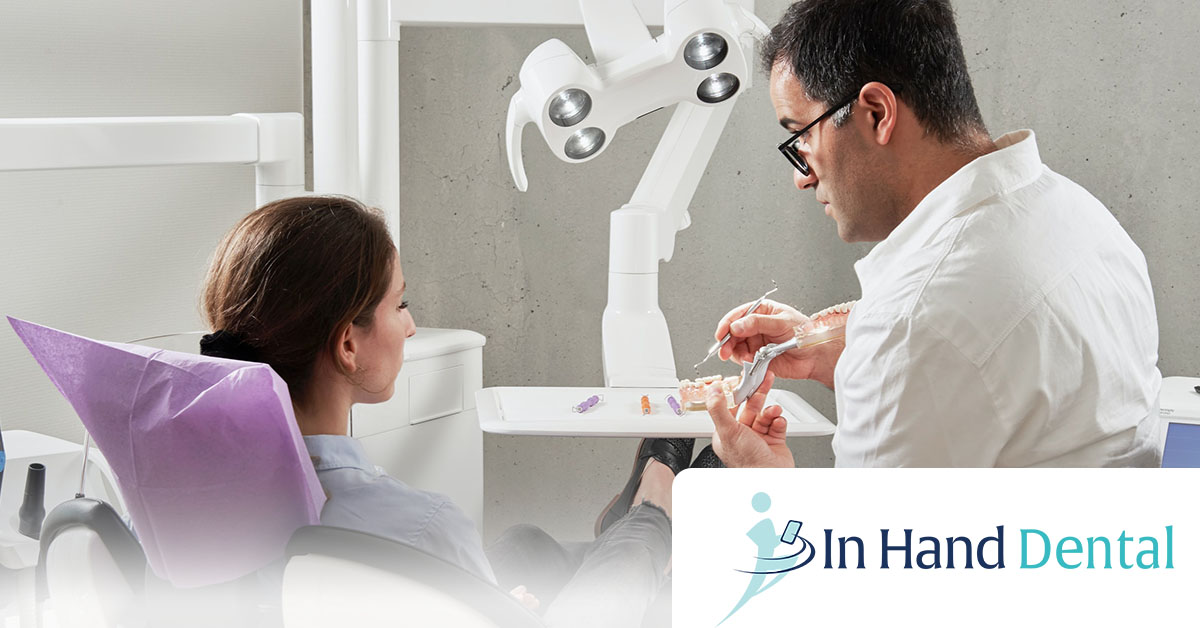Things dental patients want and don’t want...and what things to focus on
People are often scared to go to the dentist’s office. So how do you go about getting more dental patients to come to your practice? How do you retain dental patients? You likely have some type of marketing plan in place, but you might not be reaching the people you want based on your messaging. Are you addressing the correct things that patients want and the most common barriers to dental care?
What dental patients don’t want
1. Dentists who recommend multiple procedures on the very first visit. Learn more about how to spot the warning signs of a bad dentist.
2. Treatment that isn't covered by insurance.

3. Dentists who don't show the patients their x-rays and point out what they see.
4. Waiting rooms with uncomfortable chairs, boring decor, old magazines, and staff that doesn't greet you warmly and immediately. (Remember: people are often SCARED when they walk into a dental office!)
5. Feeling ashamed. They are worried you are going to scold them for bad oral hygiene habits. People in a high state of anxiety easily interpret even bland statements as criticizing. Most practical suggestion might be for staff to avoid the frown of concentration when saying things like "It's important to floss."
6. Poor customer service. People don’t want to feel like just a number and that they don’t matter to you or your staff.
What dental patients want
1. A dentist who knows what the patient’s insurance will cover (if applicable) and what the general costs will be for various treatments that are recommended.
2. Someone who can speak to their "why" instead of the standard reasons for dental care.
Here is the rational why: “Mrs. Jones, you haven’t been in for a while, and it is important that you come in and see me every six months. This is important so if you get a cavity or an infection in your gums we can diagnose it sooner.”
Here is the emotional why: “Mrs. Jones, I am concerned that it has been a while since we last saw you. Since your last visit, you indicated that you are now diabetic (or whatever medical changes have occurred), and we now know that what goes on in your mouth and gums can have a direct effect on your A1C levels. What are your thoughts and feelings?”
3. Have a more human connection. For example, have a staff member call or text regarding missed/canceled appointments, and past due payments.

4. Tell them exactly what's going on in their mouth in understandable language. People are used to Googling and YouTubing everything and often want more information about what their practitioners are doing and why.
5. Be able to address their fears and concerns. When a new patient says something like "I hate going to the dentist", take the time to say something back like "I am sorry to hear that, I presume a previous experience has made you feel this way?" And then listen. This helps the patient let go of the past experience and build trust and rapport. Learn more about what patients are looking for.
6. A dental office without smelling like one - with an essential oil diffuser or other air freshening element. Smells can trigger past bad experiences and fears.
7. An option for teledentistry. Hands-on care isn’t going to go away, but there are new ways of providing consultations and educational resources to your dental patients. This is an area we can help you with!
You’re most likely already doing these things, but make sure you are consistently addressing these with your office policy and in your marketing.
Today’s patients are more informed and willing to do their own research than ever before. This is an opportunity to show them you understand this and care about giving them the highest level of care *and* the best experience possible.

